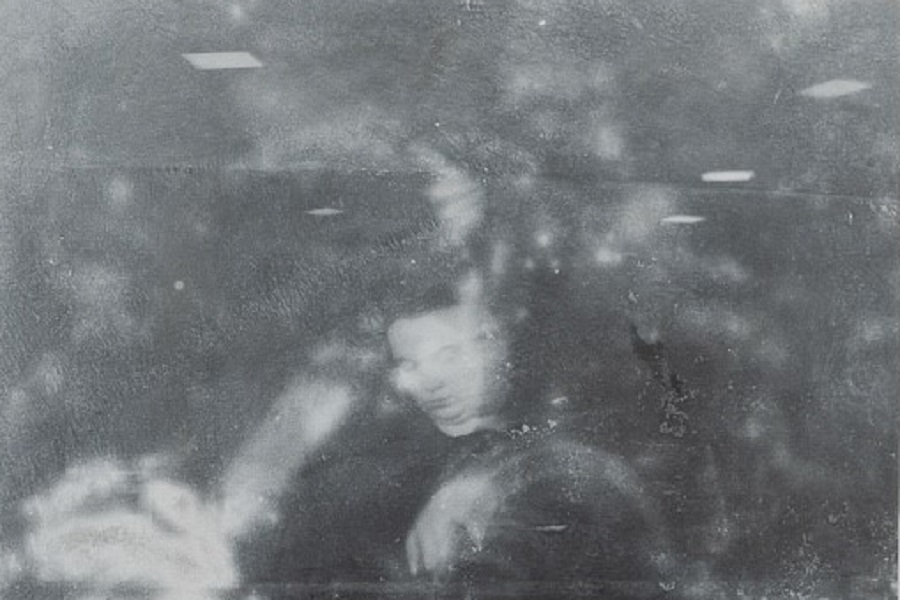Photography / VIEW2025 . At the Huw Davies Gallery until February 22. Reviewed by CON BOEKEL.
PhotoAccess launches its exhibition year with VIEW2025, which highlights early career artists.
Katrina Sluis, head of Photography and Media Arts in the School of Art and Design, provided some sobering context in her launch speech: we are experiencing a profound destabilisation between seeing and knowing.
AI, mass circulation of imagery, digital rather than analogue media, images without apparent source or provenance or context, and platforms beyond social control all figure as potential sources of social and political vertigo.
Each of the artists in VIEW2025 provides a measure of materiality and of groundedness in the face of the maelstrom.
While all the exhibitors are stimulating, I was particularly taken by the works of Cailyn Forrest.
The endless retakes of the age-old objectification of women’s bodies is a strand in the torrent of imagery which confronts us. Here Forrest re-presents the gazed-upon object in a highly creative way through the ritual of performative art.
The works have a recognisable context. They address a fundamental social issue. They are considered. They are calm. They make sense. They have a solid materiality. Image and thoughtful action are intimately connected. They have emotional power. These are old-fashioned virtues in a frenetic universe of footloose, shiftless and often malign imagery.
Forrest’s particular subject is a woman’s body and, by extension, every woman’s body. Forrest seeks to give that body meaning through its performative role in the darkroom. The repetitive actions in the darkroom printing process transmute the body into the print.
The prints look faded, old. There is a lack of detail. There is the way in which the repeated movements of the artist in the dark room are reflected in the swirling movements of the highlights in the prints. It is as if the body has eluded the gaze and transformed itself, leaving the print both as the embodiment of the performative process and of the body itself.
In a world filled with the ambiguities of ill-intentioned fakery and well-intentioned creativity, is this “real” or a sleight of hand? Does the work here expand our understanding of the nexus between making images, seeing images and thinking? If so, how might it be scalable? There are billions of women’s bodies that will never be in a position to transform themselves in this fashion. Both darkrooms and churches as locations of transubstantiation are disappearing cultural artefacts.
This is highly satisfying exhibition. It is layered, connected, perceptive, and the images embody the thoughtful sense of it all.
Who can be trusted?
In a world of spin and confusion, there’s never been a more important time to support independent journalism in Canberra.
If you trust our work online and want to enforce the power of independent voices, I invite you to make a small contribution.
Every dollar of support is invested back into our journalism to help keep citynews.com.au strong and free.
Thank you,
Ian Meikle, editor






